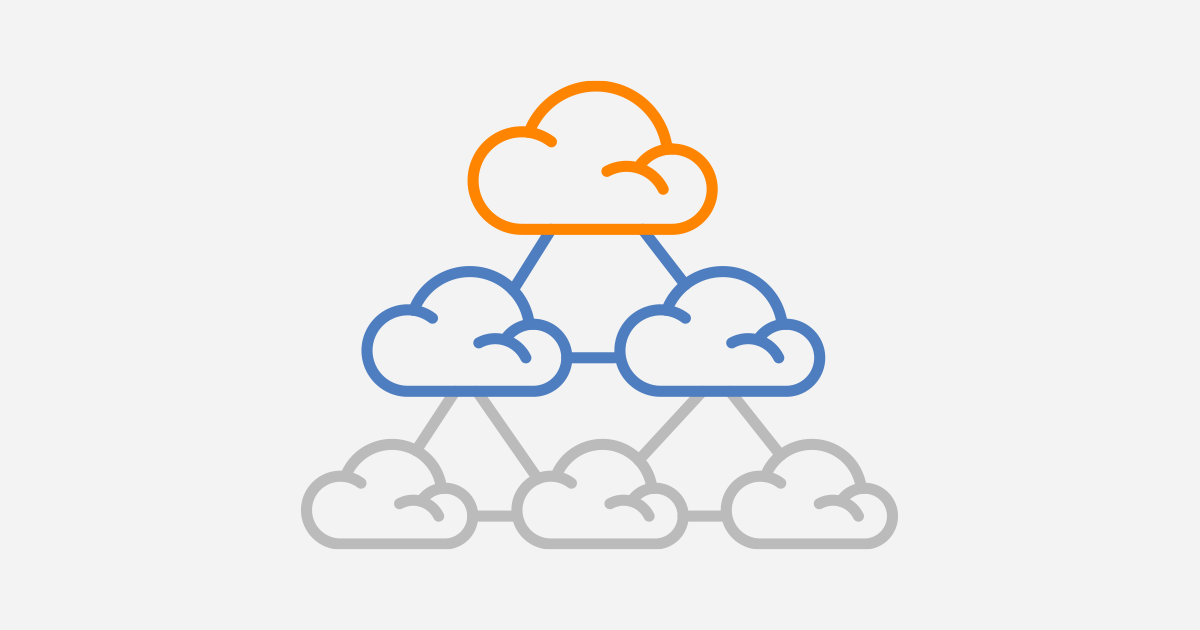Understanding the complexities of IP transit pricing in the realm of networking and connectivity is vital for businesses trying to optimize their operations, while also managing costs. In the midst of this pricing structure is a mixture of services and ports each playing a crucial role in determining the overall expenditure. We’ll take on an exploration to uncover the economics behind IP transportation pricing. We’ll explore the most important issues, strategies and options.
Port and Service Dynamics
Pricing for IP transit is determined by the port and service usage. Each service is linked to a port that allows for flexible network configurations that can be tailored to meet specific needs. Each port is able to accommodate several products, and the fees depend on which ones are selected.

Understanding Committed Data Rate (CDR)
Committed Data Rate is the most important concept in IP transit pricing. It is the lowest rate of data commitment a port must make. CDRs should be minimum 10% of the size of the port in order to assure a minimum degree of connectivity. If a company opts for 10G The minimum commitment is 1G. CDR is used to determine pricing. The higher commitments translate into lower unit prices.
The burst above CDR
IP transit ports are able to support burst over CDR. This allows businesses to deal with sudden spikes in traffic. The same cost per Mbps is applied to burst traffic, just like it is for CDR. This permits companies to be flexible, without extra charges. This feature is particularly useful in organizations with seasonal or fluctuating network activity.
Factors Influencing Pricing
Several factors influence IP transit pricing, such as the amount of commitment data rate, the selected port speed, as well as the amount of traffic. The higher CDRs and speeds typically translate into lower unit charges, which encourages businesses to boost their connectivity to achieve cost efficiencies. In addition, the competitiveness of the market as well as the negotiation capability of the consumer can influence the pricing agreement.
Budget Optimization and Value Maximization
Navigating IP transit costs requires a strategic approach aimed at optimizing budgets while maximizing value. Businesses should assess their network requirements thoroughly considering things like the expected volume of traffic in addition to scalability needs and performance goals. When they align their requirements with the most appropriate pricing and service plans companies can ensure that they reap the maximum benefit from their investment.
Cost Management Strategies
Companies can cut down on their IP transportation costs by adopting cost management strategies. Regular reviews of price agreements may be carried out to determine areas that require improvement or renegotiation. Information from network monitoring and analytics tools can be utilized to make proactive choices which allow businesses to adjust their configurations dynamically in response changes in requirements.
Future-proofing is important
In a constantly evolving technological landscape it is crucial to future-proof your network infrastructure to ensure long-term sustainability. Companies must not just take into account their current needs as well as future expansion and growth when looking at IP Transit Costs alternatives. Selecting scalable solutions that allow for expansion and flexibility could assist in reducing the need for upgrade later.
Compare pricing models and the providers.
The market for IP transit is populated by a broad array of providers, each offering unique pricing models and services. Conducting thorough comparisons among providers can assist businesses in determining the right fit for their needs, taking into account aspects like reliability performance, speed, and customer service as well as pricing. You should look at the complete value proposition of every provider, not only the bottom line.
Conclusion
To understand the economics of IP Pricing for transit it is crucial to be fully aware of the dynamics that underlie it of the process, its factors and strategies. By using the insights gained from the dynamics of ports and pricing for services, optimizing the budget, and planning for the future of network infrastructure companies can manage costs efficiently while optimizing their investment. By utilizing strategic planning and thoughtful choice-making, businesses can develop resilient networks that are high-performing and support their growth in a more interconnected world.